T4K3.news
Fed cuts rates after nine month pause amid independence debate
The Fed lowers rates for the first time since December as markets weigh political pressures and independence concerns.
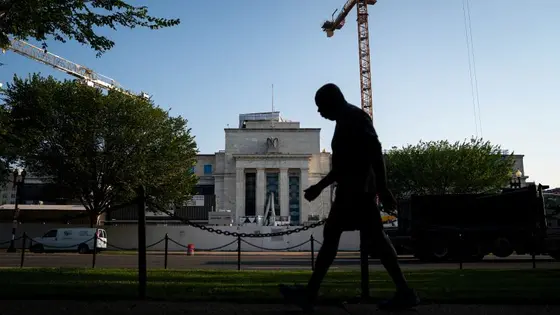
The Fed moves on rate cuts while political pressure around independence clatters in the background.
Fed cuts rates after a nine month pause amid independence debate
The Federal Reserve lowered its benchmark rate by a quarter percentage point to 4% to 4.25%, the first cut in nine months as signs of a weakening labor market grew clearer. Powell said the decision was data driven and reiterated that policy will be guided by incoming numbers rather than politics. He pointed to rising unemployment among minority workers, noting that the labor market is showing signs of softening with broader implications for job creation.
The move comes amid a heated political backdrop as President Trump has pressed for bigger rate reductions and sought to reshape the Fed's Board. Legal fights over the firing of Fed governor Lisa Cook have intensified scrutiny of the central bank's autonomy, though courts have so far blocked removal attempts. Markets reacted with a mix of relief and caution: major indices fluctuated, and the 10-year yield briefly dipped before edging back higher as investors weighed how much further the Fed will cut in coming meetings. The Fed signaled that further cuts could be on the way, depending on how the data unfolds and how inflation evolves.
Key Takeaways
"Just watch us."
Powell signaling transparency and independence.
"We don't frame these questions in terms of political outcomes."
Powell on maintaining Fed independence.
"These are simply projections and could change as the economic conditions evolve."
Dot plot caveat about forecasts.
"That would completely change the dynamics of the Fed, make it a much more political organization."
Altman on risks of a politicized board.
The decision exposes the central bank to a risky tension: how far it can move without inviting greater political influence. A rate cut today may calm the labor market nerves, but it also raises questions about the Fed's independence if political voices continue to press for aggressive easing. The dot plot hints at more cuts this year, yet the inflation backdrop remains uneven, complicating the balance lawmakers and markets must strike. If the Fed keeps data at center stage, it can preserve credibility; if not, markets could price in political risk as a new normal.
Ultimately the Fed faces a tightrope between supporting a slowing economy and containing inflation. A credible, data driven approach is still the best shield against calls to politicize policy, but the episode surrounding Cook and potential board changes tests that shield in real time. How the Fed communicates its path in the coming weeks will matter as much as the numbers themselves.
Highlights
- Just watch us.
- We don't frame these questions in terms of political outcomes.
- These are simply projections and could change as the economic conditions evolve.
- That would completely change the dynamics of the Fed, make it a much more political organization.
Political risk to Fed independence
The article ties rate decisions to political interference risks, including the firing attempt against a Fed governor and White House influence on board appointments. Such dynamics risk eroding policy credibility and market confidence if investors fear policy is driven by politics rather than data.
The Fed must prove it can steer policy with evidence, not headlines.
Enjoyed this? Let your friends know!
Related News

Fed chair Powell faces high-stakes Jackson Hole chance
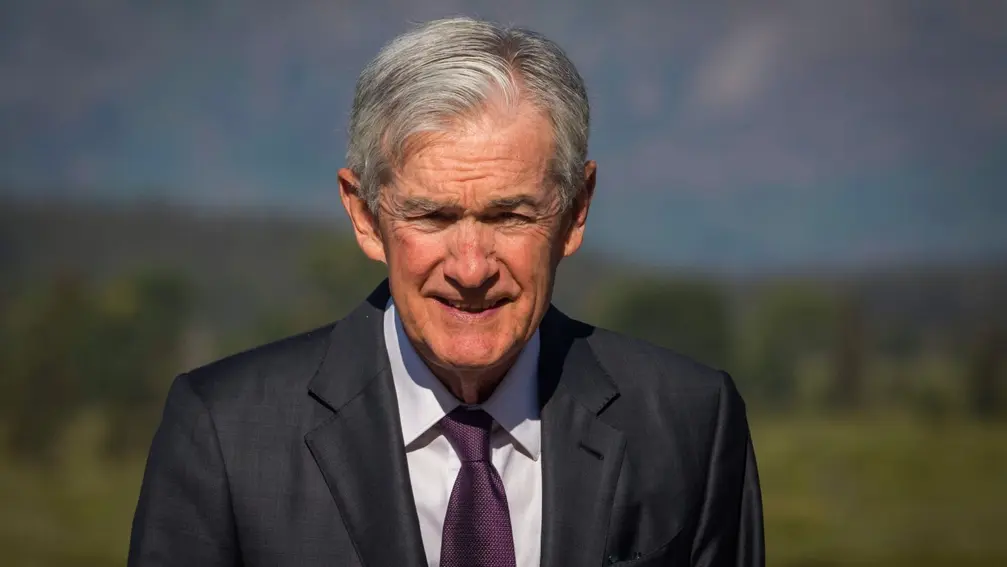
Fed independence under strain

Trump presses for Cook resignation to shape the Fed
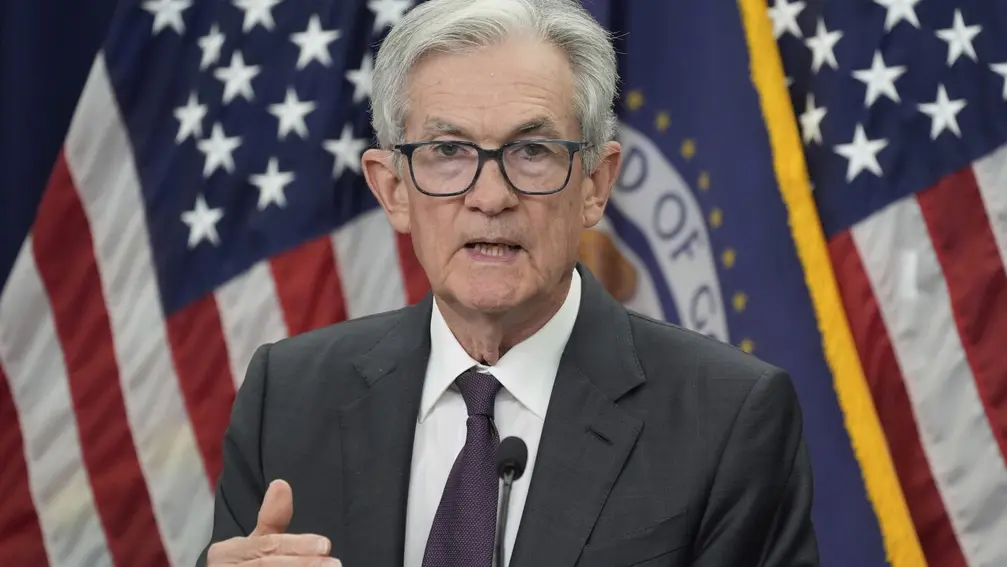
Powell faces crucial test at Jackson Hole

Powell faces pressure as Trump pushes for rate cuts

Markets shift as Trump fires Fed governor
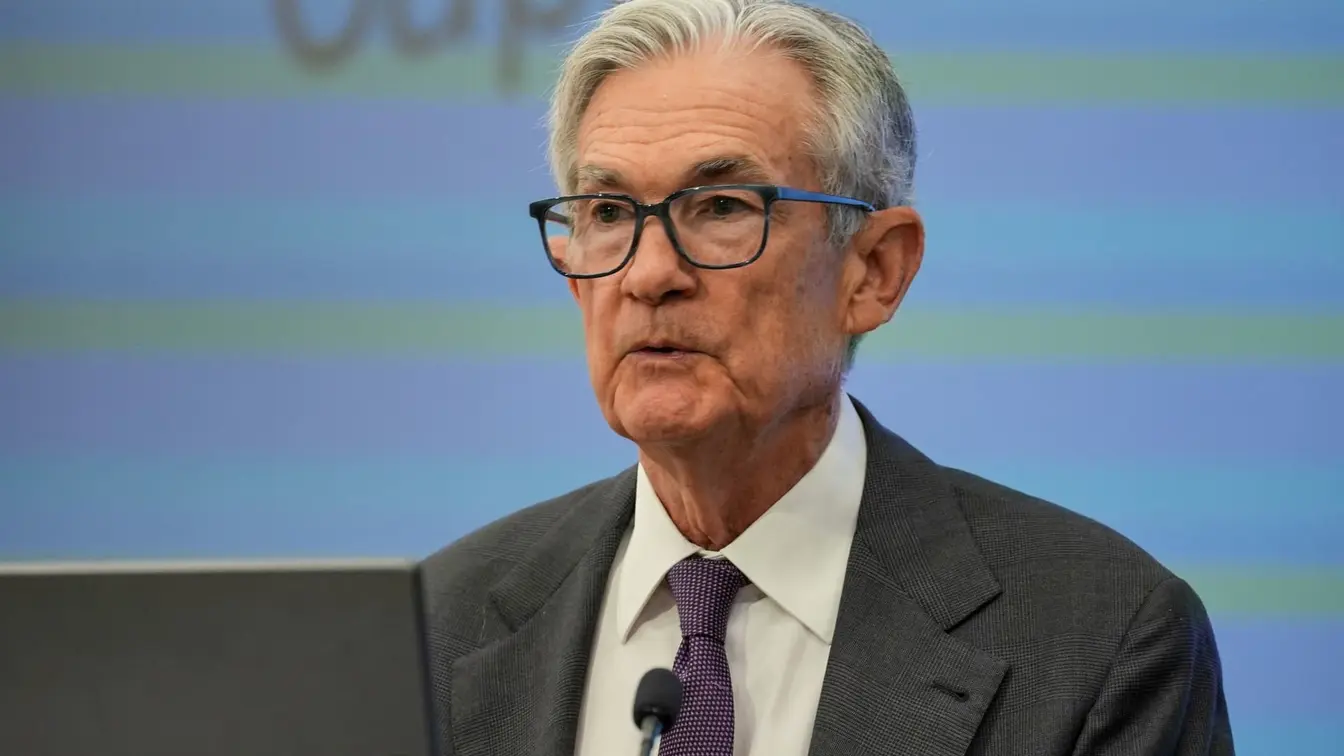
Powell to speak at Jackson Hole
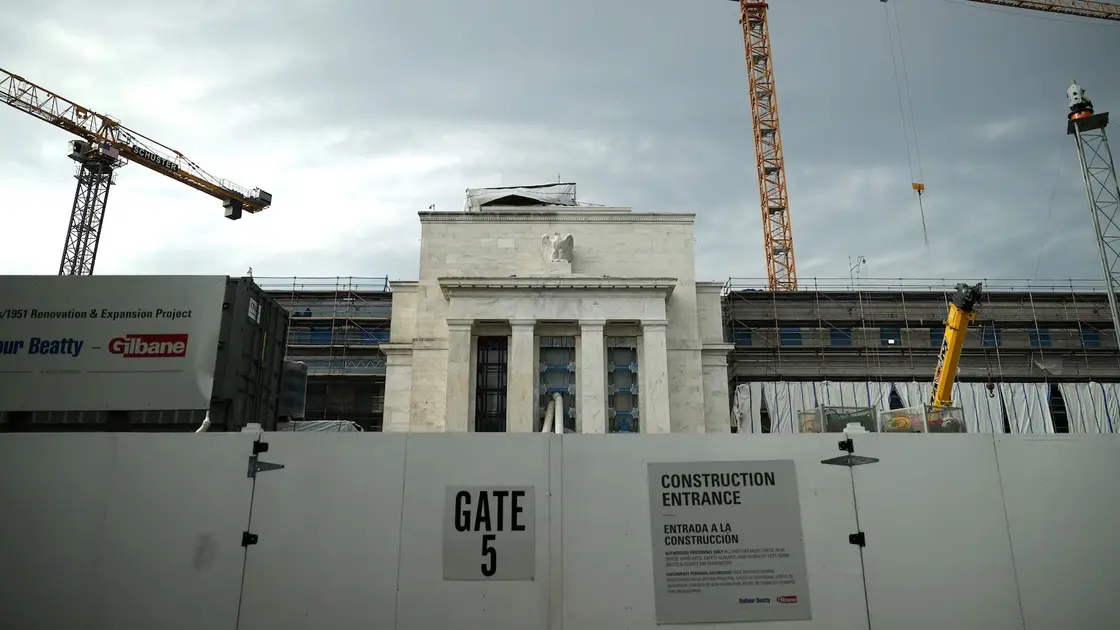
Fed rate decision expected
